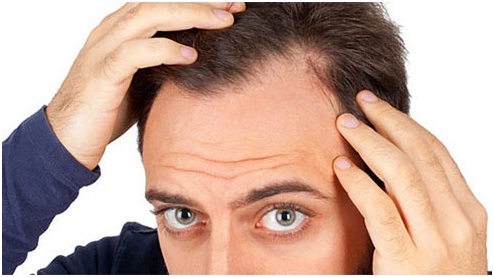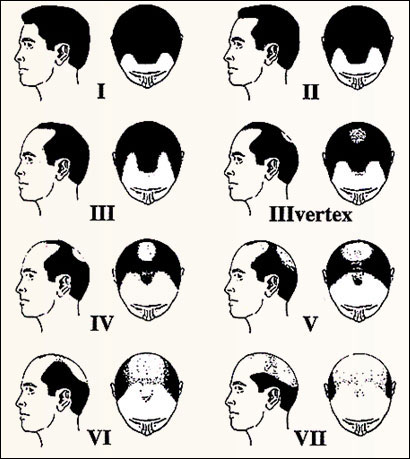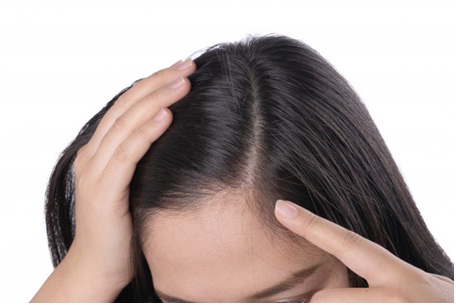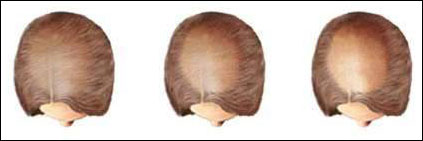






ISO 9001:2015 Certified Hospital
Hair Loss in Men starts progressively with age. If it occurs at young age it can be mentally as well as physically disturbing to the one who is suffering. Distinctive feature of male pattern baldness is that it progress in a distinctive manner and affects only on the hair at the crown top of the scalp. Indications like thinning of hair, excessive hair fall can make anyone feel nervous and worried.
A number of medications for treating Male hair loss are available as with the advancement of technology surgical restoration are now readily available and the use of PRP for hair loss also gives good results in hair fall and baldness

Androgenetic Alopecia is the most common form of hair loss in men also known as "male-pattern baldness". Male Hormone Androgen particularly Dihydrotestosterone (DHT) Androgen plays a vital role in causing androgenetic alopecia. These are necessary for normal male sexual development before birth and during puberty. They are responsible for regulating hair growth. Typically, hair loss due to Androgen occurs at the temples and vertex balding. A scale called Hamilton-Norwood is used to grade androgenic alopecia in males.
Hair growth begins under the skin in structures called follicles. Normally, a strand of hair grows, goes into a resting phase for several months, and then falls out. This cycle continues when again a new hair grows in the follicles. However, due to increased level of Androgen,the cycle of hair growth gets shorter leading to delay in growth of new hair replacing the hair that have shed.
Norwood's Classification of Male Pattern Baldness (Alopecia)

Hair loss primarily a male disease is a misconception because women make up 30% of people suffering from hair loss. As patterned alopecia (baldness) of men does not occur in women with the fact that the frontal hairline in women is often maintained, there is a misconception that hair loss in women is rare - but it is not
The psychological effects of hair loss have a huge effect on women emotionally, mentally and socially even when the hair loss is in its early stage. Psychological damage caused by hair loss and feeling of looking unattractive can be just as disastrous as any serious disease.
Hair Loss in women is generally very slow, with the rate accelerating during pregnancy and at menopause. Hair loss may also be caused by short-term events like stress, pregnancy, and the taking of certain medications. In these situations, hair will often (though not always) grow back when the event gets end. Generally hair loss in women occurs slowly, it is unlikely to develop an area that is completely devoid of hairs.


The three stages of Ludwig Classification is used to describe female pattern genetic hair loss
In all three Ludwig stages, there is hair loss on the front and top of the scalp with relative preservation of the frontal hairline. The back and sides may or may not be involved. Regardless of the extent of hair loss, only women with stable hair on the back and sides of the scalp are right candidates for hair transplant surgery.
Hair loss in women tends to be more diffuse. In other words this means that the hair tends to thin over most or all of the head. Whereas with men the hair tends to be lost in a defined area such as the top of the head, whereas no loss may occur on the sides and back. As in both male and female cases the hair to be transplanted is taken from the back and sides, it is required that the donor area has sufficient density to allow coverage of the recipient area. This is to be determined during the initial personal consultation or alternatively by having clear photos of the donor and recipient areas.
Copyright 2014 Star Hospital & Cosmetic Centre. All Rights Reserved.| Website Designed by Web Search Solutions | Promoted by digitalmarketingudaipur.com